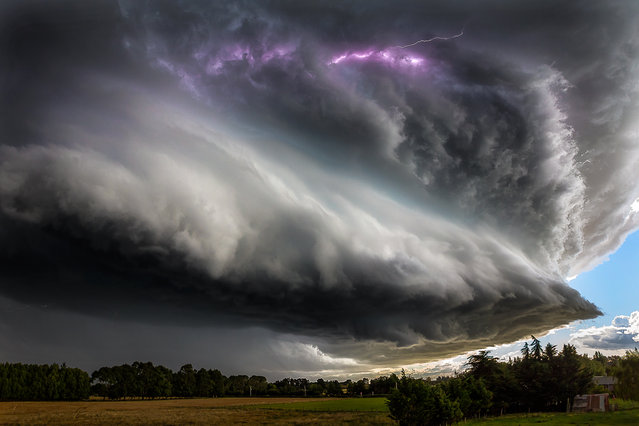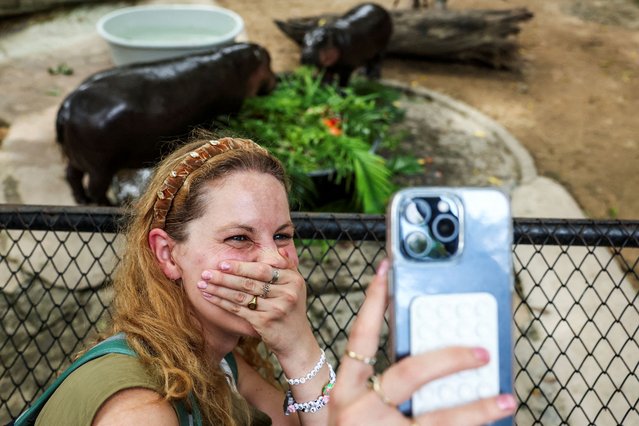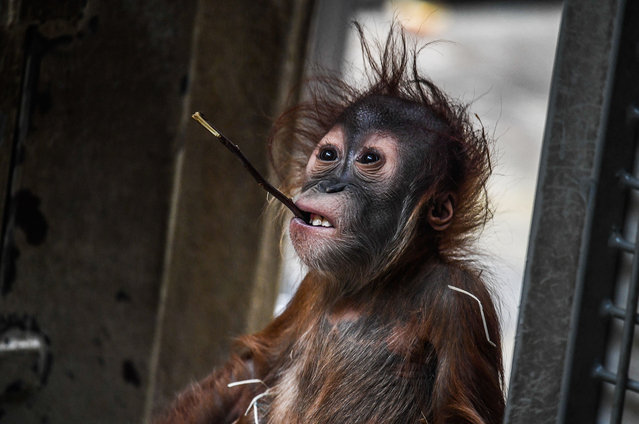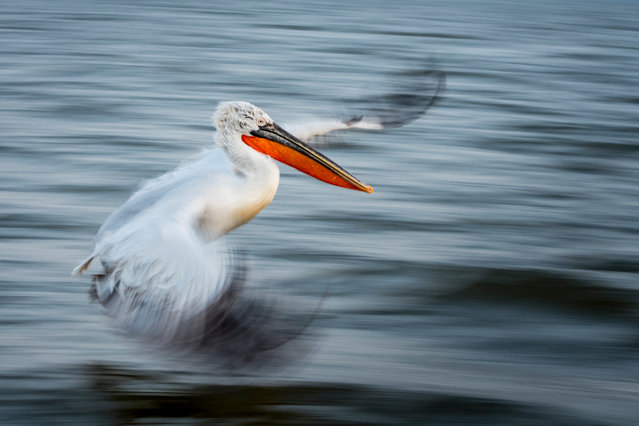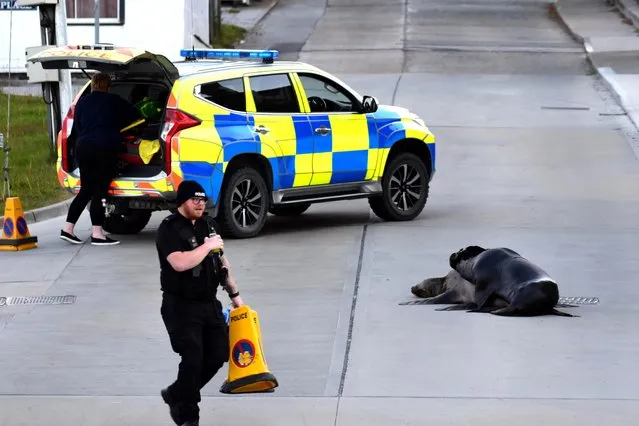
Police in Stanley, the Falklands capital, had to temporarily close a road after a pair of sea lions picked an awkward spot to get frisky on Sunday, December 5, 2021. (Photo by Genti Cena Photography/Triangle)
19 Dec 2021 06:54:00,post received
0 comments

